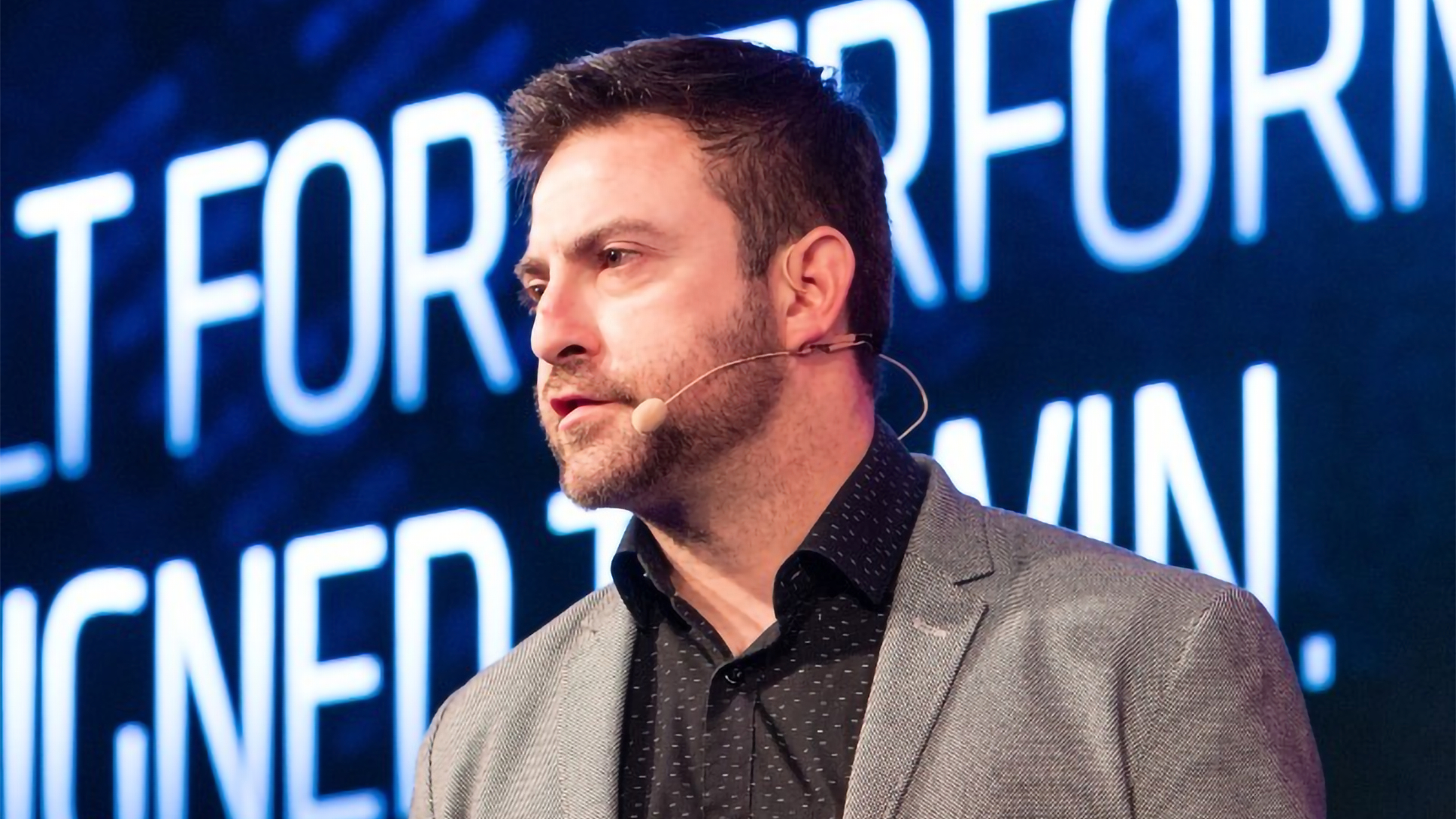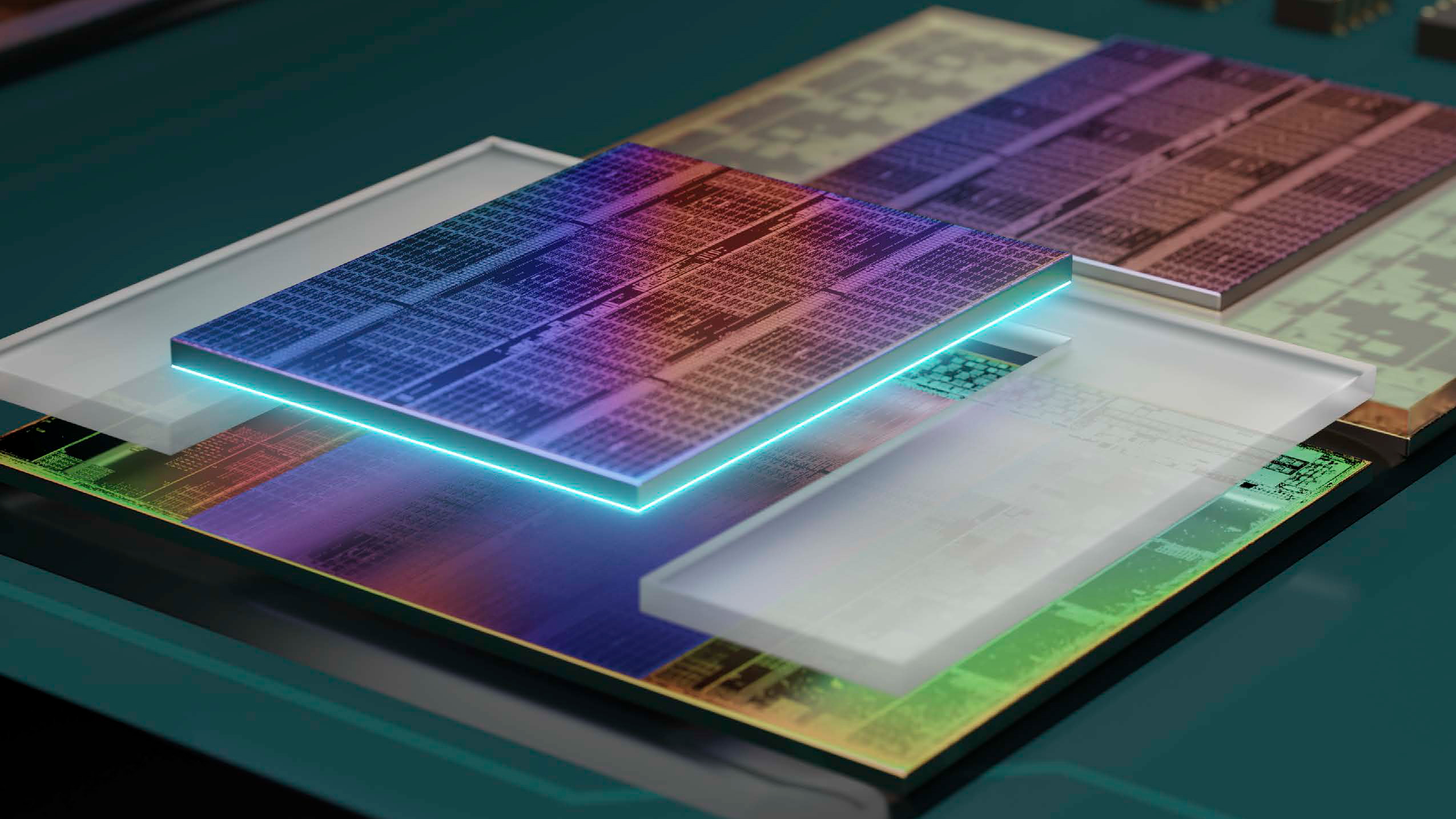
We had a chance to catch up with AMD's Senior Technical Marketing Manager of Consumer Processors, Donny Woligroski, during Computex 2024 to discuss the latest news surrounding the company's Zen 5 Ryzen 9000 announcements at the show. Woligroski told us that while the Ryzen 9000 chips won't beat the company's existing specialized Ryzen 7000X3D chips in gaming — they're currently among the best CPUs for gaming — the difference between the chips will be closer than we've seen in the past. AMD is also working on an improved version of its 3D V-Cache tech, and Woligroski explained why the new Ryzen 9000 chips mark a big step forward even though they have the same core counts and largely the same boost frequencies as their predecessors.
In its press release, AMD billed the flagship Ryzen 9950X as the "fastest consumer desktop performance in the world," but notably didn't claim it's the fastest gaming chip on the market despite its benchmarks showing the 9950X beating Intel's flagship Core i9-14900K by ~11% on average in gaming. However, the company didn't compare it with its own Ryzen 7 7800X3D, which leads our CPU benchmark hierarchy in gaming performance.
I asked Woligroski if the 9950X would take the crown of the fastest gaming chip on the market. "Is it the fastest in gaming? It's faster than the competition in our tests. X3D is still the king of the hill, but by a much smaller margin than typically between X3D and non-X3D," Woligroski responded. "So a 7800X3D would, yes, be faster than 9700X, but maybe not by as much as you would expect."
This isn't the first time we've seen AMD's specialized, ultra-powerful X3D gaming chips retain their lead over a newer generation of AMD's chips: In our testing, despite having the newer Zen 4 architecture, the fastest Ryzen 7000 chip, the Ryzen 9 7950X, trailed the previous-gen Zen 3 Ryzen 7 5800X3D by about 8%. AMD didn't beat its own watermark until the new Ryzen 7 7800X3D launched a year later.
Woligroski points to a slimmer margin between the X3D and non-X3D chips this time around, an improvement likely borne of Zen 5's impressive 16% IPC gain, faster L1 and L2 caches, and better boost frequencies. We'll also see much faster performance in productivity workloads with Ryzen 9000 over the X3D chips.
The Ryzen 7 7800X3D's second-gen 3D V-Cache took gaming performance to a whole new level — it's ~30% faster in gaming than the fastest standard Ryzen 7000 processor. We'll have to wait for our own testing to see how that pans out with newer models, but AMD clearly has plans for its new 3D V-Cache engine that powers the X3D chips.
AMD revamps its game-boosting 3D V-Cache tech

Even though the standard Ryzen models will be closer than ever to the previous-gen X3D chips, Woligroski also teased that the next-gen 3D V-Cache implementation on its X3D chips will also see marked improvements.
"And then when it comes to X3D, and I'll just get around that now, we're super committed to X3D. In fact, we have some really, really cool updates to X3D coming. So we're working on iterating and not just rehashing it," said Woligroski.
We don't know the details yet, but there are multiple steps that AMD could take to improve 3D V-Cache. For instance, for two generations, AMD's L3 cache chiplet has used a density-optimized version of the 7nm node. Moving to a newer process node, like 6nm or maybe even 5nm, could enable AMD to cram in even more L3 cache capacity.
The L3 chiplet also rides on top of the CPU die, which presents thermal challenges that lead to reduced performance in some standard productivity workloads. A newer, thinner die design could allow the company to reduce the thermal overhead of the L3 chiplet, thus allowing an X3D chip to perform more like a regular non-X3D model in standard work.
If AMD addresses the thermal constraints, it could also put L3 dies on both CPU dies. The current 12-core, 7900X3D and 16-core, 7950X3D only have cache stacked on one of the two CCD chiplets. That allows the other chiplet to reach higher boost clocks, but doubling the added cache while keeping higher clocks would potentially be even better. Naturally, cost would be the deciding factor, as the X3D tech does come at a premium.
AMD's second-gen 3D V-Cache improved on the first generation by increasing L3 chiplet data throughput from 2 TB/s to 2.5 TB/s, but it still used the same hybrid bonding approach with the same 9-micron TSV pitch as the previous-gen. The pitch is exceedingly important as it measures the density of the TSVs that connect the L3 chiplet to the CPU die, and moving to a smaller pitch (TSMC currently offers 6-micron SoIC-X pitches) could allow AMD to cram more connections into the same area, thus improving bandwidth and performance by a much larger factor.
AMD could also include an additional L2 cache on the chiplet, but given the state of today's technology, it's unclear if that is possible. I recently spoke with Sam Naffziger, Senior Vice President, AMD Corporate Fellow, and Product Technology Architect at AMD, and asked if AMD was considering stacking L1 and L2 caches.
"Absolutely, if you get to finer-grain 3D interconnect. So we're at 9-micron through silicon via (TSV) pitches today. As you go down to, you know, 6-, 3-, 2- micron and even lower, the level of partitioning can become much finer-grained," Nafzigger said. (It's noteworthy that he didn't define the specific pitch required for an L2 cache, so it isn't clear if this is possible yet.) AMD is even considering adding larger CPU register files to chiplets, but Naffziger said today's hybrid bond pitches can't support the needed bandwidth (the tech is on imec and foundry roadmaps, though).
Don't sleep on Ryzen 9000
Many were surprised that AMD's new Ryzen 9000 chips have the same core counts and cache capacities as the prior-gen models. Boost frequencies also remain the same on a few models, while others only see a slight 100 MHz improvement. AMD has also significantly reduced the base clocks by up to 700 MHz, contributing to a 40% reduction in TDP. However, the 16% IPC and doubled L1 and L2 data bandwidth, among other refinements, deliver big gen-on-gen gains that AMD says make it well worth the upgrade.
Some of the improvements aren't as readily apparent on the spec sheet. David McAfee, the Corporate VP and General Manager of the Client Channel Business at AMD, told the press during a pre-Computex keynote briefing that Ryzen 9000 has better boost residency, meaning that it stays at its boost frequency for longer than the prior-gen models:
"I think the other thing that we'll get into is the frequency residency in spite of the fact that the Fmax (maximum frequency) hasn't really changed," McAfee said. "As far as what's on the box, the frequency residency, the efficiency of the lid and thermal design in the 9000 generation gives your effective frequency a lift over the prior generation. So you actually do see a net, overall positive there with just the processor running faster with the Zen 5 architecture versus Zen 4."
"At the end of the day, we give you more performance without increasing power, and at the end of the day, we give you more performance without increasing the heat. At the end of the day, we bought a non-X3D chip very close to an X3D chip when it comes to gaming," said Wologroski.
"All of those things are pretty big differences compared to previous small steps and launches. We're going back on TDP because it turns out our eight cores are so good we don't need higher TDP, so I think it's a pretty stark comparison," he concluded.
Of course, the proof is in the shipping silicon. The Ryzen 9000 chips ship in July, and we'll put the chips through our benchmarking wringer then.







